
The mobile app market has never been more competitive than it is today, with over 3 million apps on Google Play and over 2 million apps on Apple’s App Store.
And it’s no wonder why more and more apps are emerging. They affect nearly every aspect of our lives, from finance management and entertainment to creating fitness regimes and more.
While you don’t necessarily have to create an app for every platform, most businesses would see not developing an app for all platforms as a missed opportunity.
Budget concerns are usually the primary reason why mobile app developers choose one platform over another, but there’s still a way to build an app for multiple platforms while sticking to your budget.
In this article, we’ll review everything you need to know about cross-platform mobile app development.

Table of Contents
- Native vs Cross-Platform Mobile Development
- What is Cross-Platform App Development?
- What is Native App Development?
- Cross-Platform vs Native: At a Glance
- Advantages of Cross-Platform App Development
- Wider Audience Reach
- Lower Development Cost and Less Time
- Easy Maintenance
- Disadvantages of Cross-Platform App Development
- Always One Step Behind
- Lower Performance
- UX Challenges
- Choosing A Cross-Platform App Development Tool
- Flutter
- React Native
- Xamarin
- Should You Develop a Cross-Platform Mobile App?
- App Complexity
- Budget
- UX/UI
Ask any app developer which is better: native app development or cross-platform app development, and you’ll get different answers every time.
That’s because each has its advantages and disadvantages, and which you choose really depends on what your goals are.
Let’s start by defining what each is and go from there.
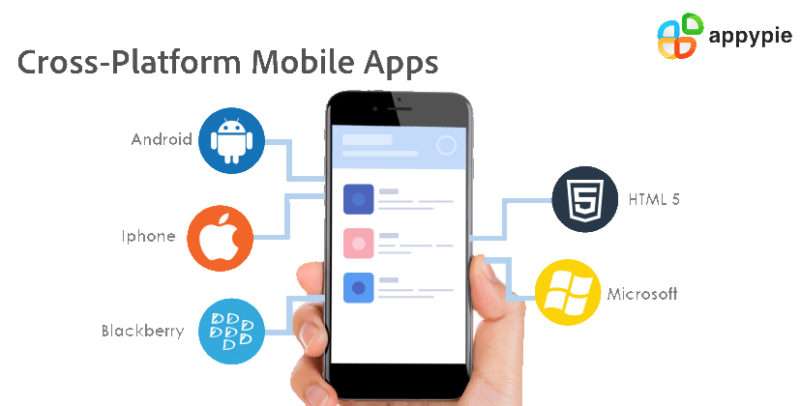
1.1 What is Cross-Platform App Development?
You may have heard about the rising popularity of cross-platform mobile apps, but what is this type of app development, anyway?
In a nutshell, cross-platform mobile app development is about developing mobile apps to work on multiple platforms and operating systems.
Developers will often use software tools to run mobile apps on different platforms with just one single codebase.
As you can imagine, this is a popular method of app development because it allows developers to create apps much faster than having to develop separate codebases for every platform.
Additionally-cross-platform app development has wide appeal since it can reach a broader audience than if you were to only develop an app for one platform or operating system.
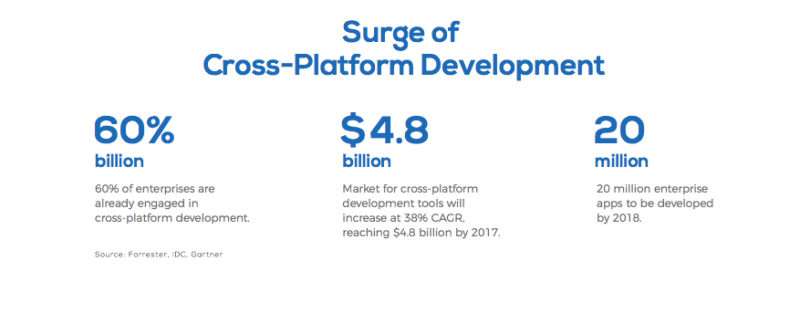
1.2 What is Native App Development?
Unlike cross-platform apps, native app development means building a mobile app for a specific platform, whether that’s Android, iOS, or something else.
The mobile app is created with tools and coding languages for that one platform. For example, building an iOS app would mean developing a native app using Objective C or Swift.
Many will argue that native app development is the way to go because creating an app exclusively for one platform means delivering an app with optimal performance and the best user experience.
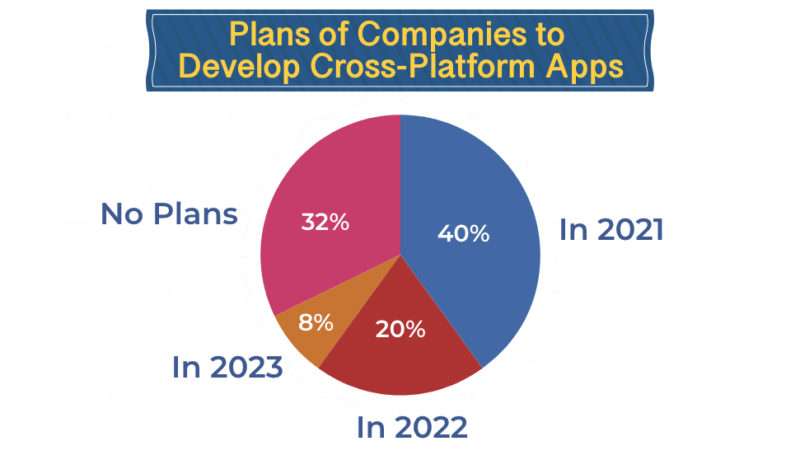
In short, everything is tailor-made for the targeted platform.
For businesses that want to create an app that works on all platforms, going the native route will mean much higher development costs since you’ll need multiple codebases and developers proficient in the necessary coding languages.
1.3 Cross-Platform vs Native: At a Glance
- Development Time and Cost
- Cross-Platform: Faster development and reduced cost due to a single codebase for multiple platforms
- Native: Longer development time and increased cost as separate codebases are needed for each platform
- Performance
- Cross-Platform: Generally lower performance, as the app needs to run through an additional layer (the framework) to access native APIs
- Native: Higher performance, as the app directly interacts with the platform-specific APIs
- User Interface and Experience
- Cross-Platform: Can have a more generic look and feel, sometimes leading to slightly compromised user experience
- Native: Provides a platform-specific user interface, resulting in a more familiar and smoother user experience
- Access to Platform Features
- Cross-Platform: Limited access to platform-specific features and may have to wait for framework updates to support new native features
- Native: Full access to platform-specific features and immediate support for new native features
- Maintenance and Updates
- Cross-Platform: Easier maintenance and updates as changes are made to a single codebase
- Native: More complex maintenance and updates due to multiple codebases for each platform
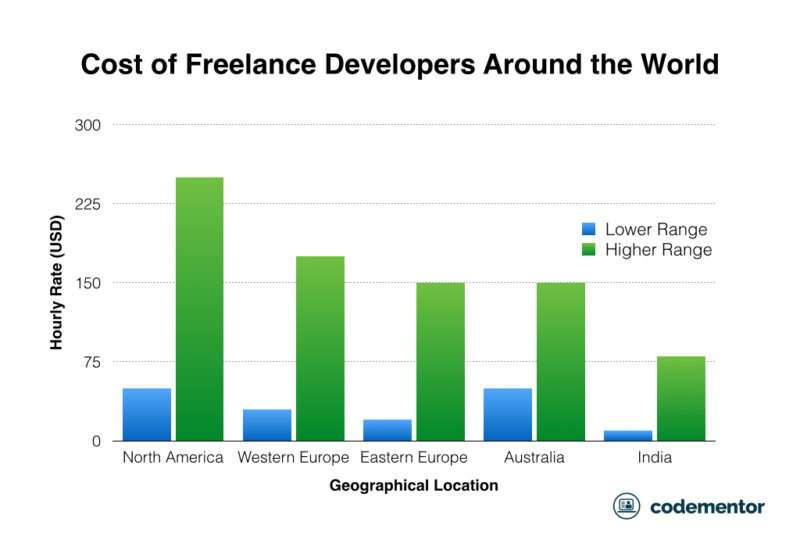
Developing a cross-platform application comes with a wealth of advantages. Let’s take a look at a few.
2.1 Wider Audience Reach
Having your app available on all platforms means having a wider audience reach.
Cross-platform mobile apps can be deployed for many different platforms and aren’t limited to just one, like with native apps.
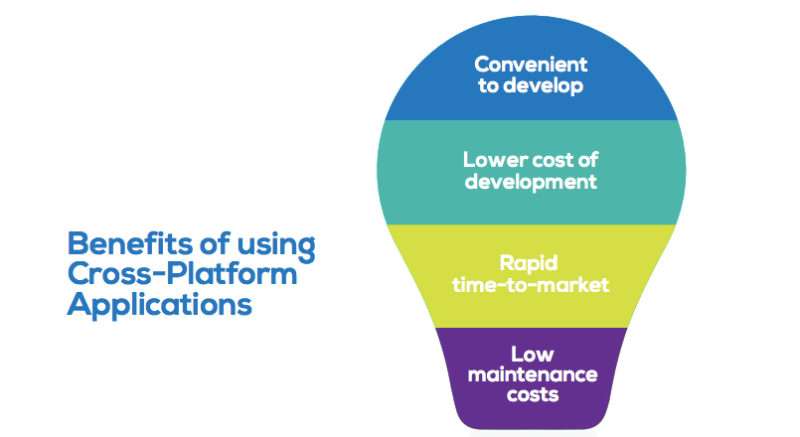
Photo Credit: chapter247infotech.medium.com
You build one platform and it can run on both iOS and Android mobile devices.
When researching your target audience, you’ll likely find device and platform preferences that may lead you to develop your app for just that one platform. But why not maximize exposure?
PRO TIP:
Find out what platforms your target audience uses first before deciding if it makes sense to develop a cross-platform app. You may find that your users are only mostly using just one platform, in which case, native app development may be a better choice.
2.2 Lower Development Cost and Less Time2.2 Lower Development Cost and Less Time
Cross-platform mobile app development is all about writing the code once and watching it run anywhere. That’s the beauty of it.
Having reusable code will without a doubt decrease the time it takes to develop and launch your mobile app, which of course, means cheaper development costs.
Your app developer will only need to write one codebase which can then be used on multiple platforms, which is a cost-effective way to develop an app.

2.3 Easy Maintenance
Once you publish your app in app stores, the work isn’t done. You’ll still need to gather feedback, continue testing your app, and release code updates from time to time.
This will keep your app fresh and will improve the user experience.
With cross-platform development, maintenance is much easier because updates made to your single codebase can be synced and deployed across all platforms and mobile devices.
When working with multiple codebases, it can take a lot of time to make updates to each one as well as catch any bugs that may be present.
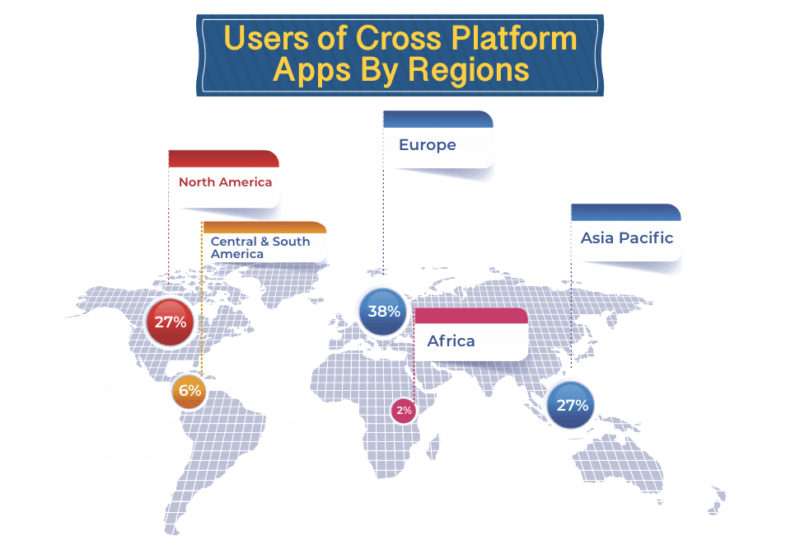
Cross-platform apps have come a very long way over the years and have improved considerably.
They’re much faster, flexible, and more robust than ever before, but that’s not to say they come without limitations.
Let’s take a look at a few of the challenges cross-platform app development still faces.

3.1 Always One Step Behind
Native app development speed, particularly with UI frameworks, is fast. But when new components or layouts are introduced to expand the developer toolkit, it can take time for this to be available with cross-platform mobile apps, putting them one step behind native apps.
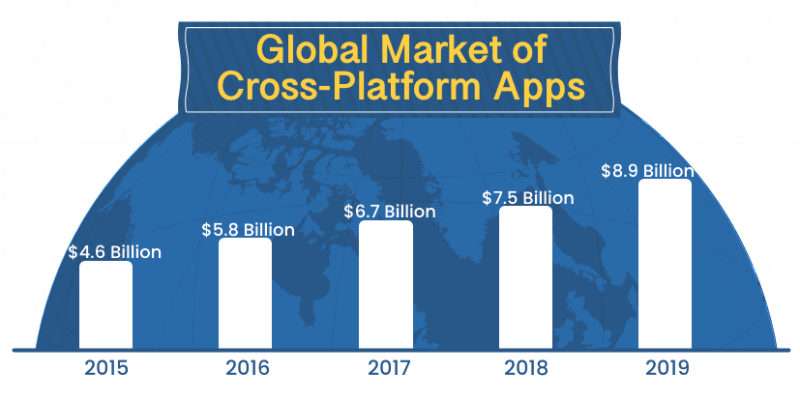
3.2 Lower Performance
While cross-platform apps can perform well, they can’t quite match the speed and performance of native apps.
Remember, native apps have code that’s designed for a specific platform, so you can expect these apps to run at optimal performance.
With cross-platform applications, performance depends on a number of factors, but overall, they don’t perform as well because they aren’t fully integrated with any particular operating system.
The code isn’t written for a specific platform as it is with native apps, which affects the app’s overall performance.
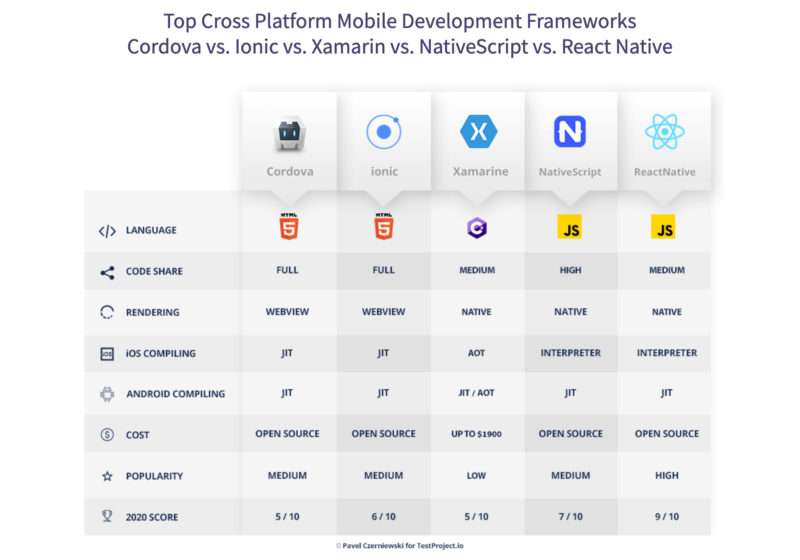
3.3 UX Challenges
Cross-platform mobile apps can deliver a good user experience and user interface, but it’s not always quite as good as the stunning UI of native apps.
Since cross-platform apps share a single code base, it’s not designed specifically for any particular platform which can result in sub-par design.
Additionally, cross-platform apps don’t have access to all built-in features of devices, which can also result in the UX and UI to suffer.

There’s a wealth of tools and cross-platform frameworks available to help developers create cross-platform mobile applications.
Let’s take a look at what’s popular today.
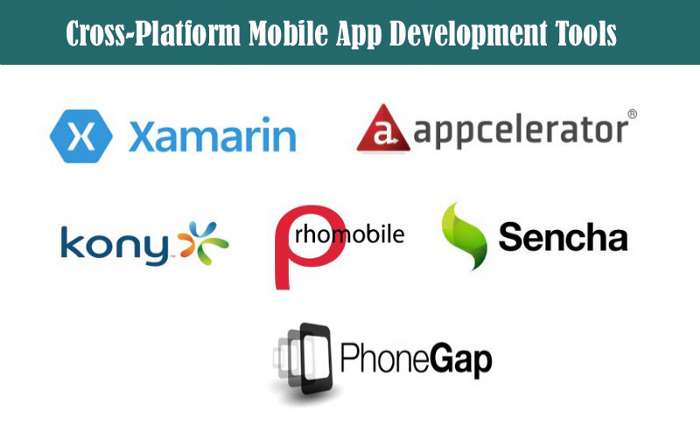
4.1 Flutter
Flutter is an open-source UI software development kit created by Google.
Launched in 2017, it’s used for developing natively compiled apps for mobile, web, and desktop from a single codebase.
Flutter allows developers to build highly performant, beautiful applications with a rich, customizable widget set. It uses the Dart programming language, which is easy to understand for JavaScript or Java developers.
The framework has gained popularity due to its hot-reload feature that enhances developer productivity by allowing changes to be injected into a running application, and its ability to maintain consistent 60fps performance. Flutter continues to be a major player in the cross-platform development space.
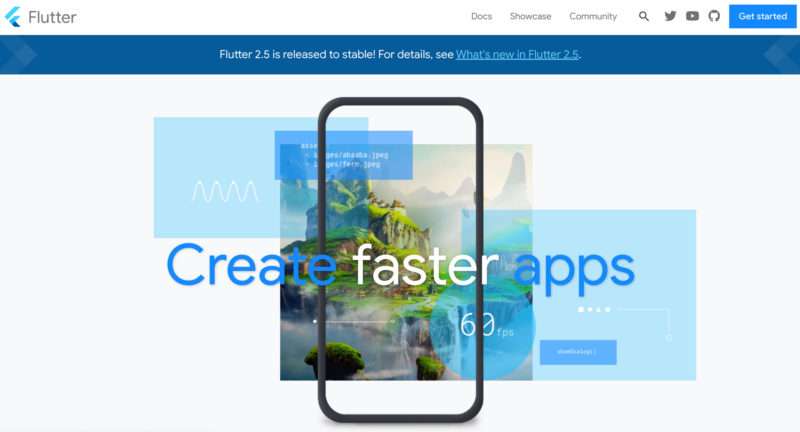
4.2 React Native
React Native is another major player in the cross-platform world. It was created in 2015 by Facebook and is a framework based on the JavaScript programming language.
React Native is known for building natively rendered apps for Android and iOS with beautiful UX and UI.
It also offers a hot-reload feature, allows access to third-party plugins, and overall, offers a very stable app when compared to other cross-platform frameworks out there.
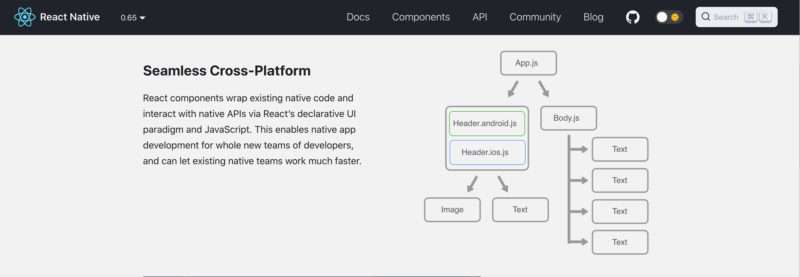
4.3 Xamarin
Xamarin is an open-sourced cross-app development framework created in 2011 and acquired in 2016 by Microsoft.
This framework uses the C# programming language, which allows it to work seamlessly on several platforms like iOS and Android.
Xamarin has a huge community of contributors, which gives developers steady and reliable support when developing an app using the software.
It also allows for sharing over 75% of the code across platforms, making development faster.
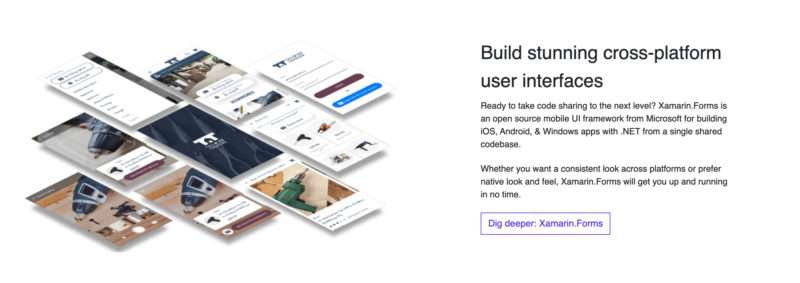
PRO TIP:
Take time to research the various frameworks available for cross-platform app development. These tools have come a long way and you may be surprised at what they offer and how they can give your app a more native feel.
At this point, you may still be wondering, is cross-platform development the right choice?
There’s one codebase, which means it’ll take less time and money to develop an app for multiple platforms, but is it worth a potentially slower app with less visually attractive UI than a native app?
Keep in mind, every type of mobile app, whether it’s cross-platform, hybrid mobile app development, web app, or native app— all have their pros and cons.
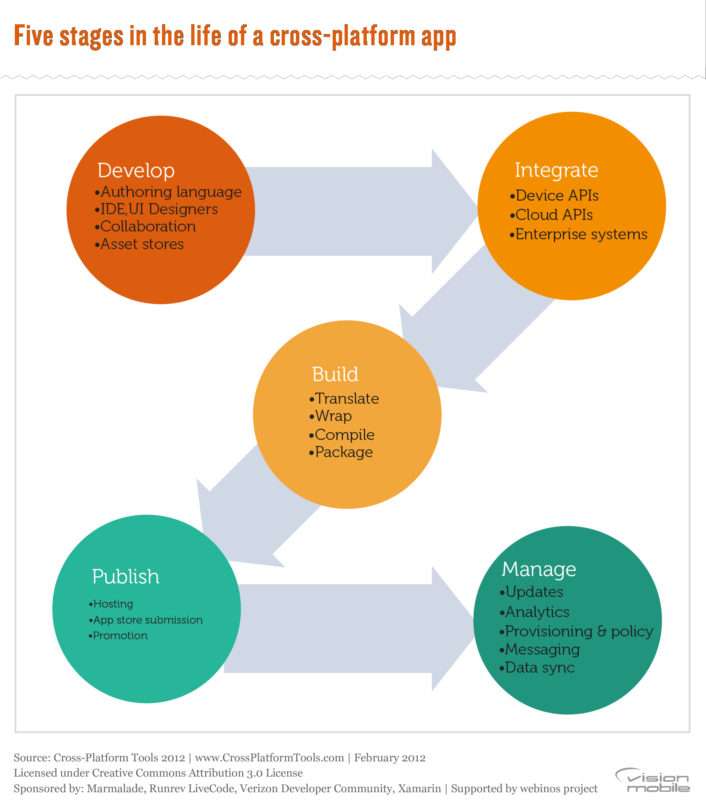
And you could argue a valid use case for each one.
Whether or not you should go for multiple platform app development really depends on your goals and what kind of app you plan on making.
Here’s what you should consider before making your choice.
5.1 App Complexity
This is the biggest factor when it comes to deciding if you should develop a cross-platform app or a native app.
For simple apps that are displaying mostly just information fetched from a network, cross-platform is a fine choice, as it doesn’t require many resources.
But if you have a more complex app or one that’s heavy with graphics (such as games) that requires more heavy processing, native app development is your best bet.

5.2 Budget
As mentioned earlier in this article, native app development can be expensive, especially if you want your app to run on multiple platforms.
If your budget is limited and you need it to work on several platforms, cross-platform development is a good choice as long as your app isn’t too complex or resource-heavy.
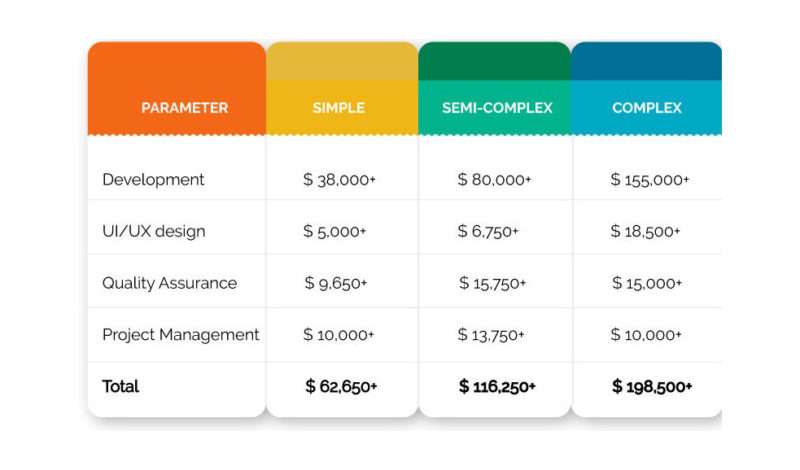
Photo Credit: mindbowser.com
5.3 UX/UI
If you plan on having a gorgeous or unique visual interface and user experience, this can only be achieved in native app development where you’ll have access to a wealth of UX and UI components.
Creating a cross-platform app will place many limitations when it comes to how the app will look and feel, which you’ll need to consider when building your app.
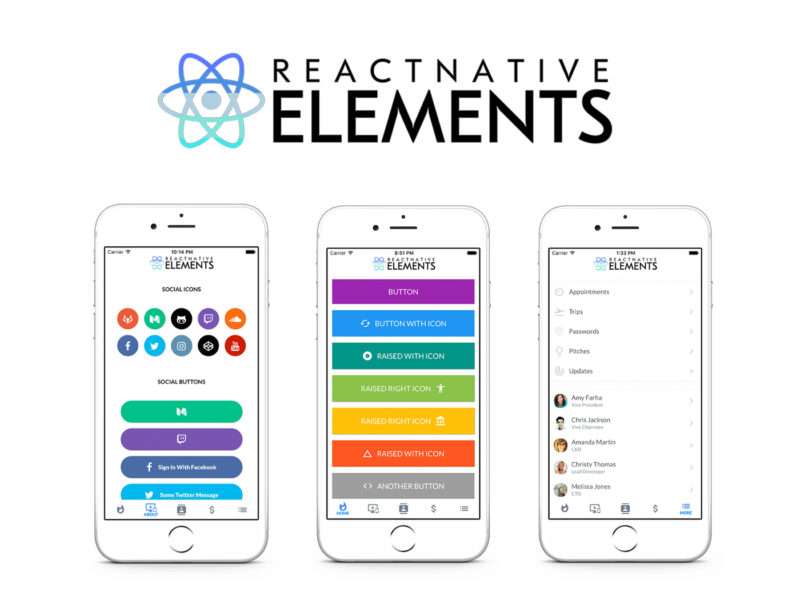
Photo Credit: medium.com
With new tools available today, it’s never been easier to develop cross-platform apps that are not only fast and flexible, but incredibly efficient.
Of course, you’ll have to weigh the pros and cons of cross-platform app development versus native app development, since each have their time and place.
Think about what is the best solution for your project.
Unsure? That’s ok!
Our Simple Starter package can help you put together all the technical aspects of your mobile app so you can move forward with app development.
What have you found to be the greatest advantages to creating cross-platform mobile apps?




